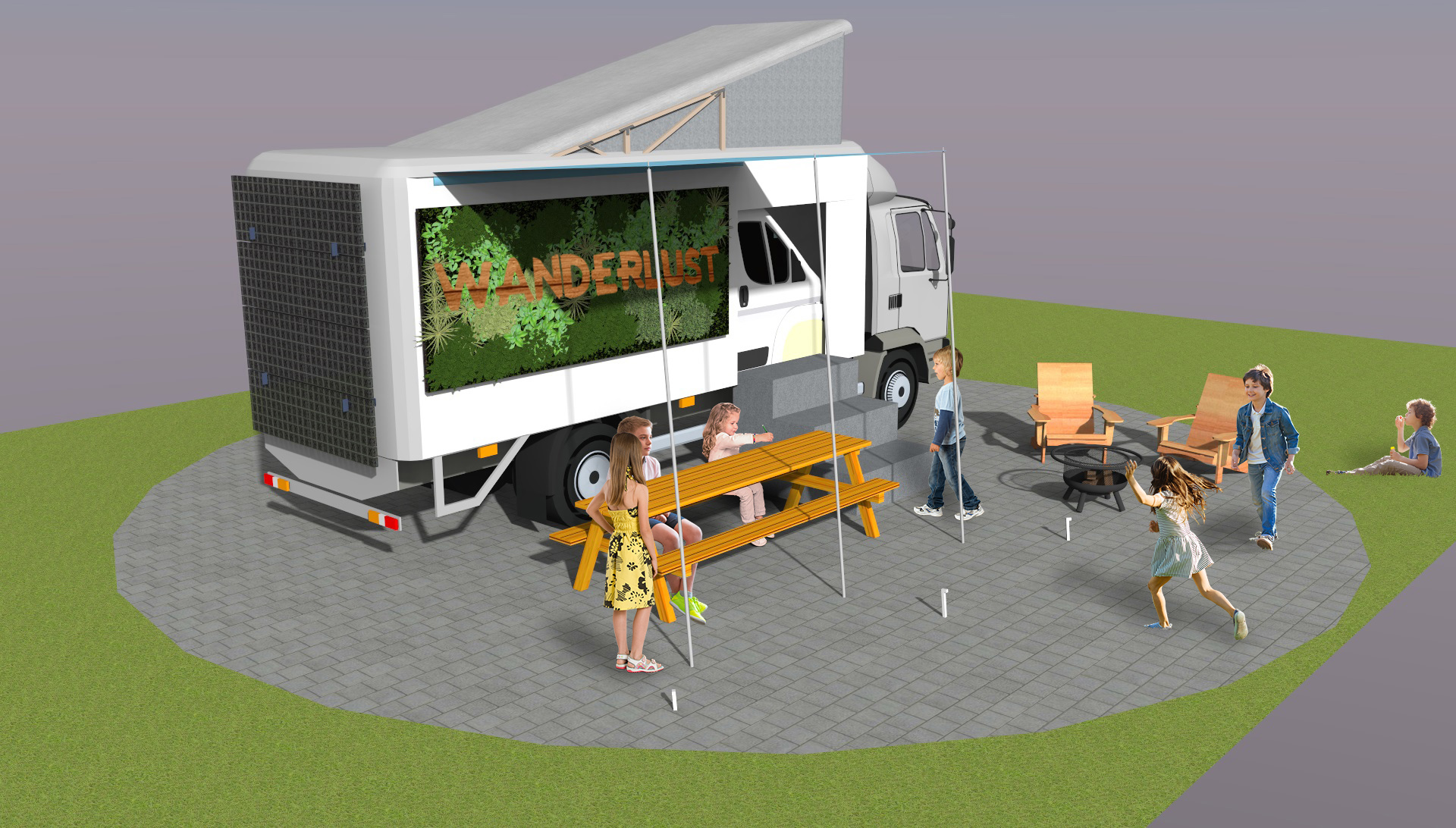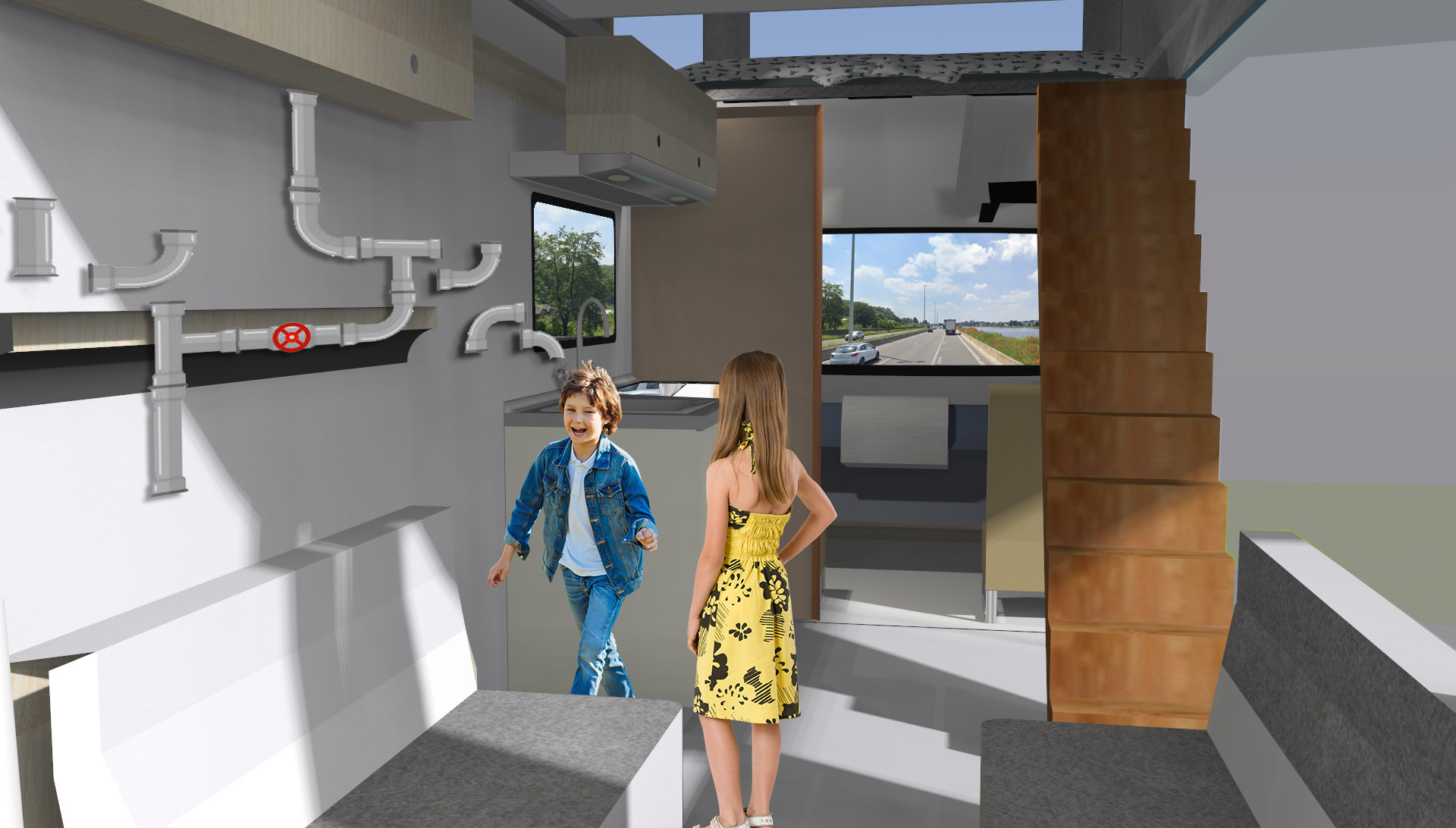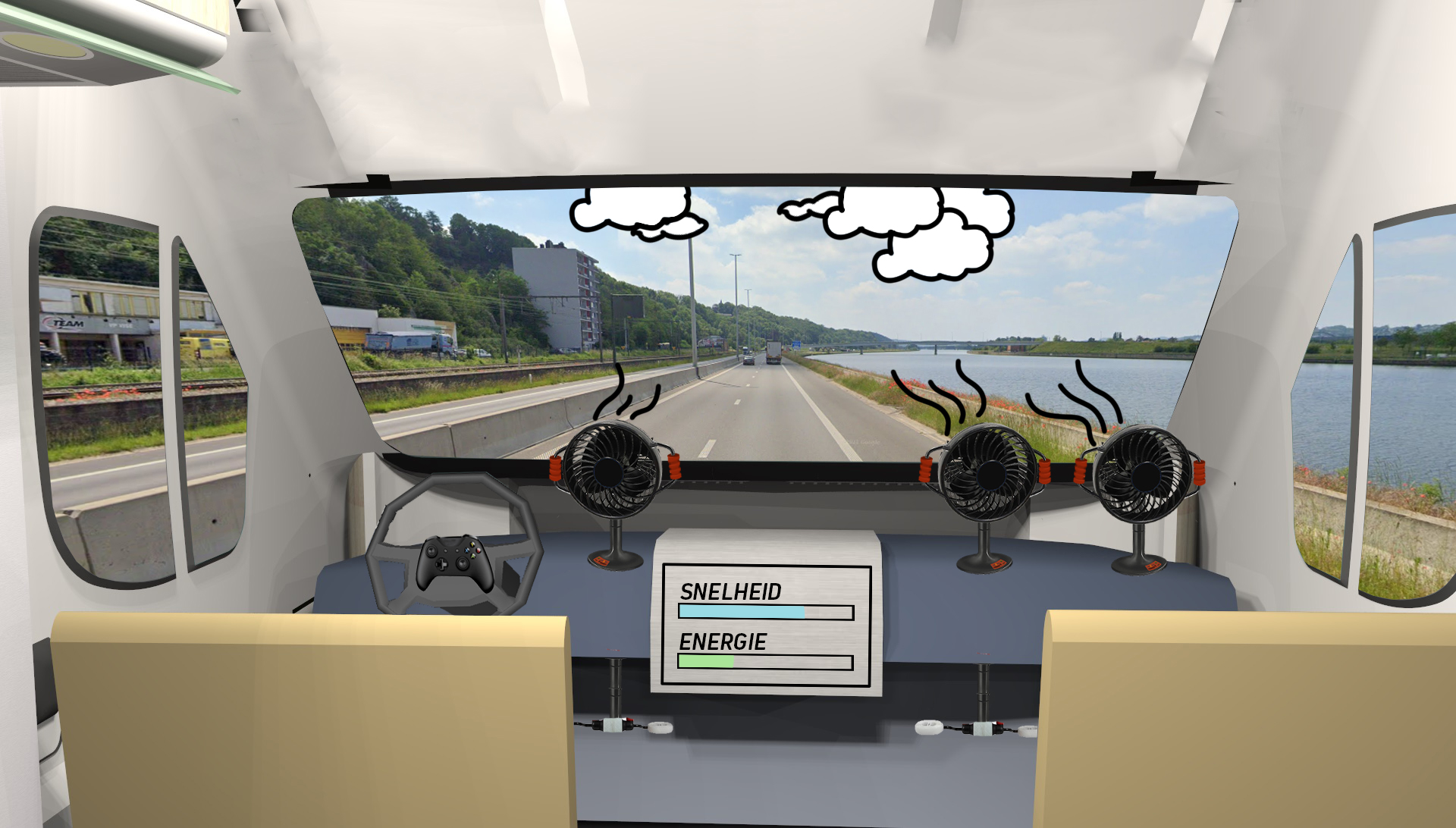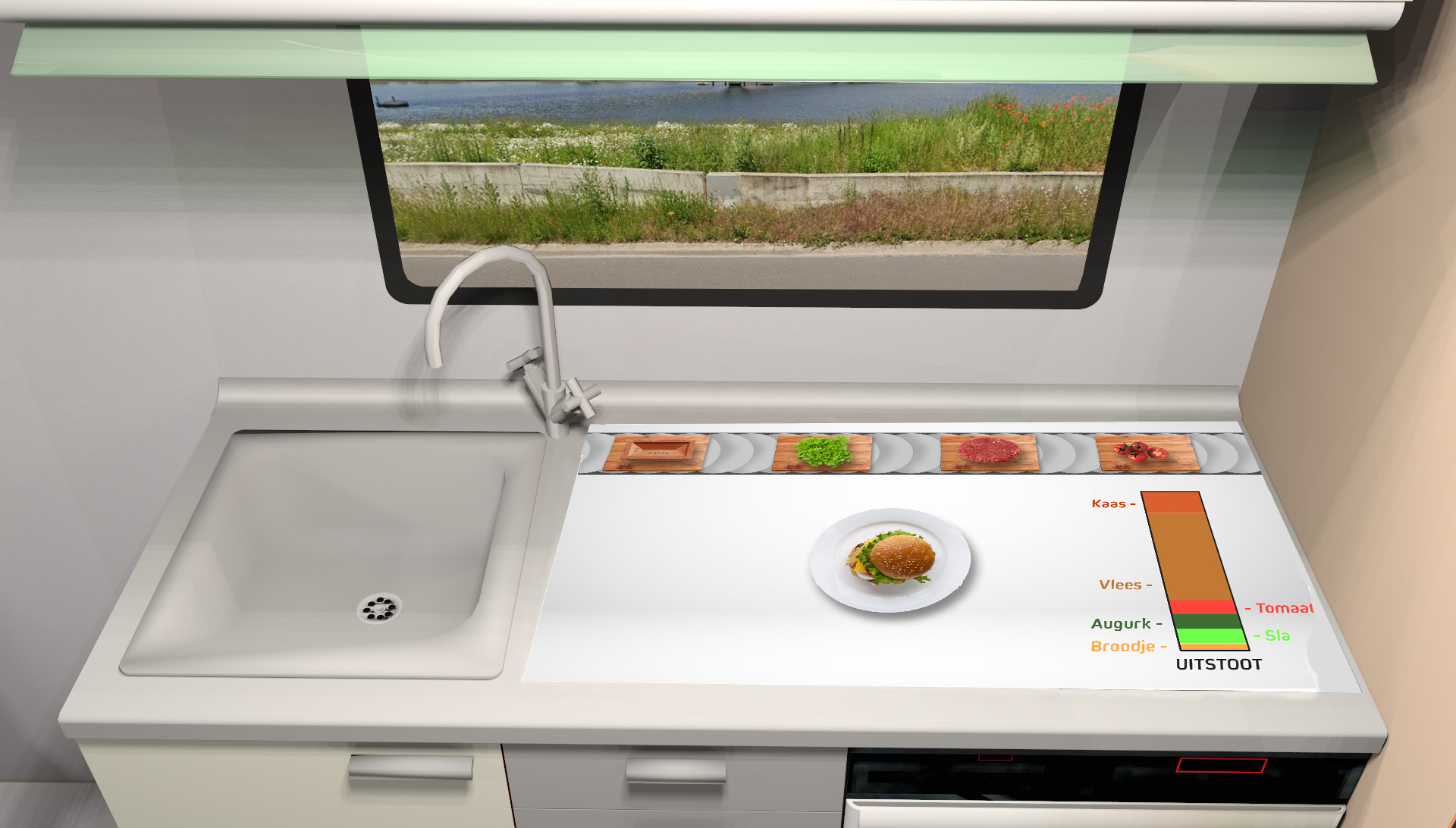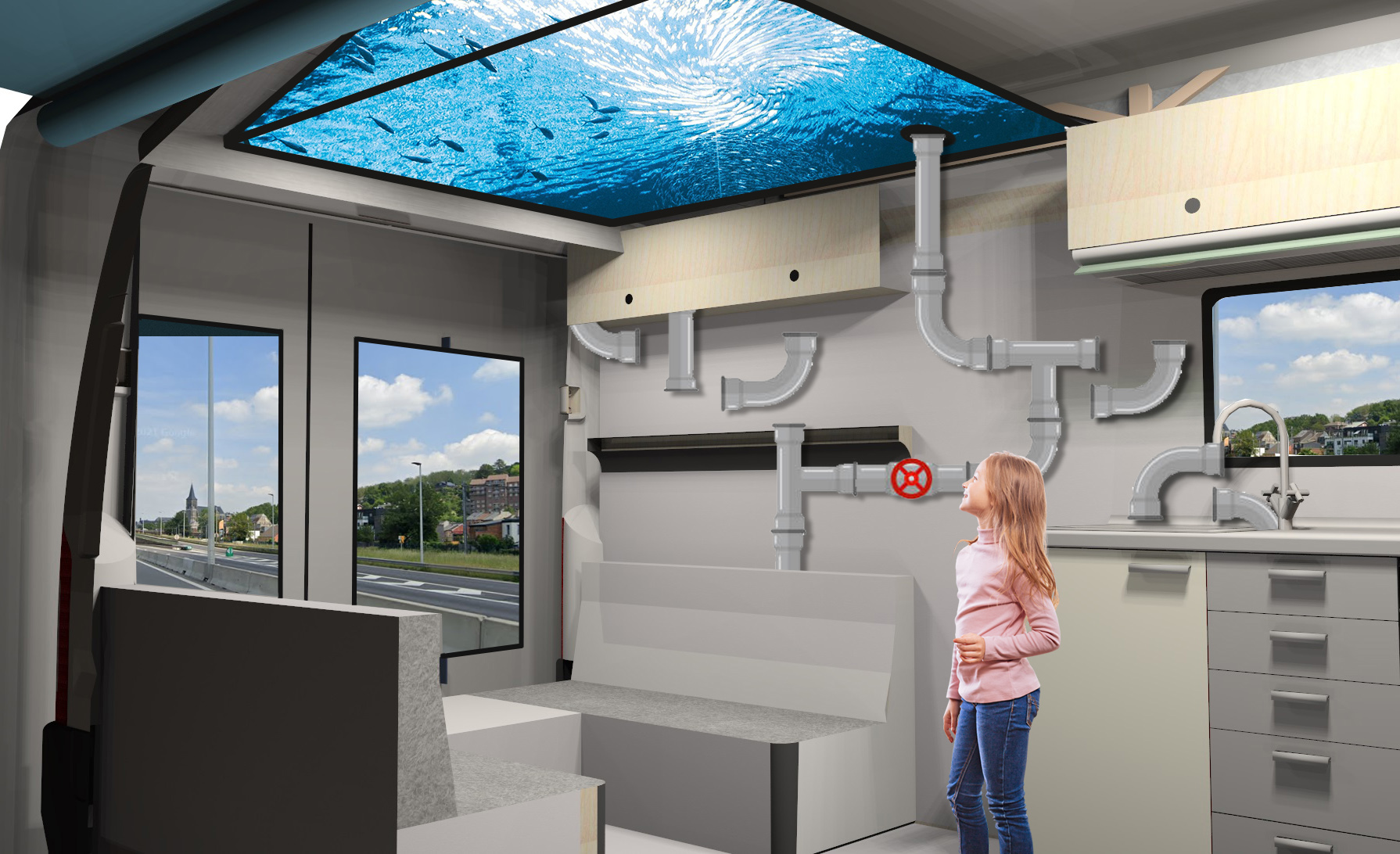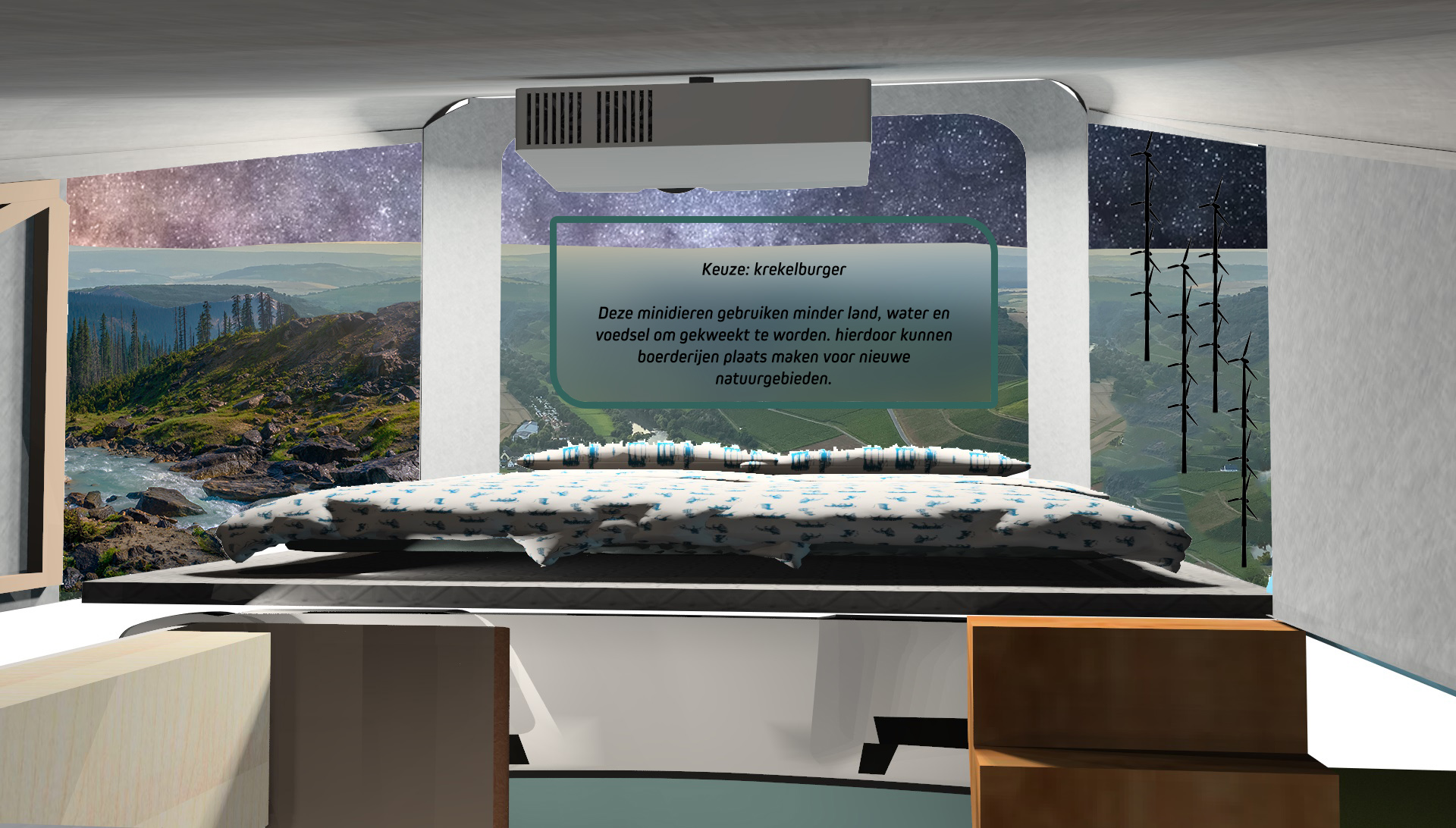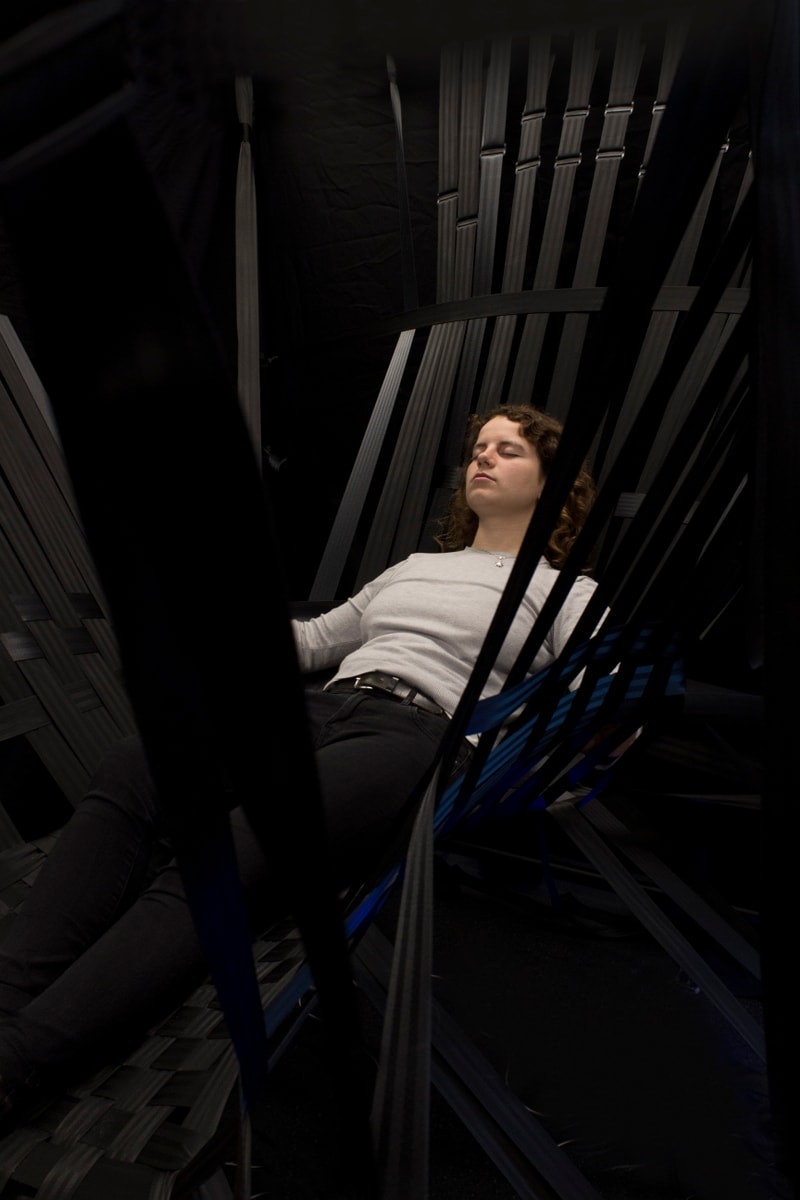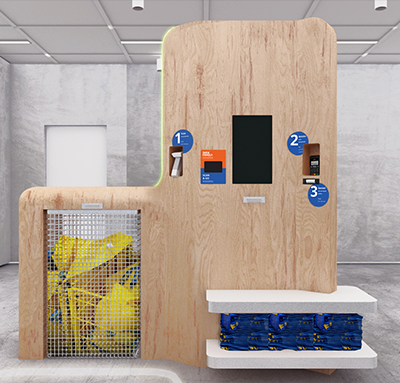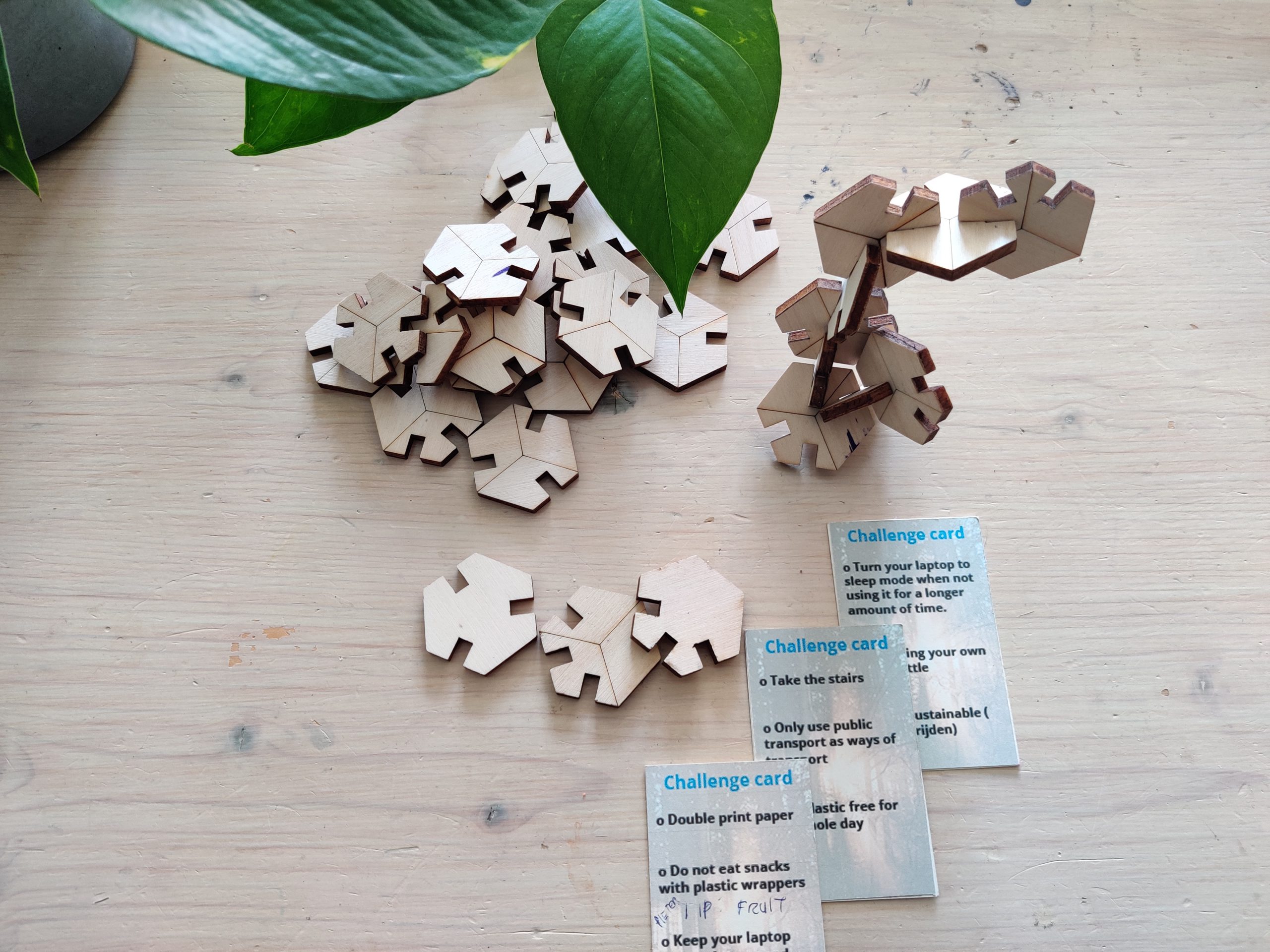Oneplanet on tour: Wanderlust
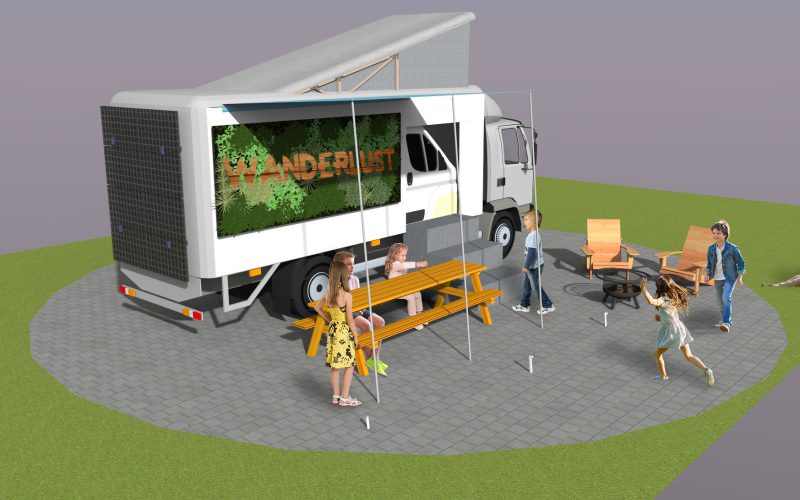
The project
Museon is a science museum for children located in The Hague. They wanted to create a mobile exhibition inside an electrical truck about sustainability. They want to reach remote schools in The Hague that are inaccessible to visit Museon. This project will be used as inspiration and funding for the actual project. Research was done in the form of contextmapping and expert interviews to understand the knowledge preteenagers have regarding sustainability. Based on this research concepts were made with creative sessions. The concepts were evaluated in the museum context using paper prototypes and a verbalization method. A number of issues regarding Experience Design of the exhibits were identified.
Project details
Year: 2021
Client: Museon, TU Delft
Nature: Graduation project
My tasks: Experience design, UX Design, Contextmapping,
Click on the button below to read the concept booklet of Wanderlust
Assignment
Design an interactive experience inside an electric truck for Museon for pop-up locations at schools aimed at pre-teenagers to inspire, activate and make them care about nature and sustainability. The experience should be made accessible to children from disadvantaged neighbourhoods.
Target audience
The target audience is based on the visitor identity profiles of John Falk which defines the visitor based on their needs rather than demographics. Preteenagers are defined as experience seekers and the parents/teacher/guardian accompanying the children are defined as facilitators. Experience seekers visit to have an enjoyable experience their main goal is to have fun and create enjoyable memories with their peers. Facilitators want to have an experience that is educative for their children.
User research
The goal of the research was to define a design framework that would provide a base for the design direction and can be used as a measure during the evaluation.
Contextmapping
Contextmapping with preteenagers was done to understand more about how children view sustainability. understanding their current knowledge will be valuable to understand what they still should learn inside the exhibition.
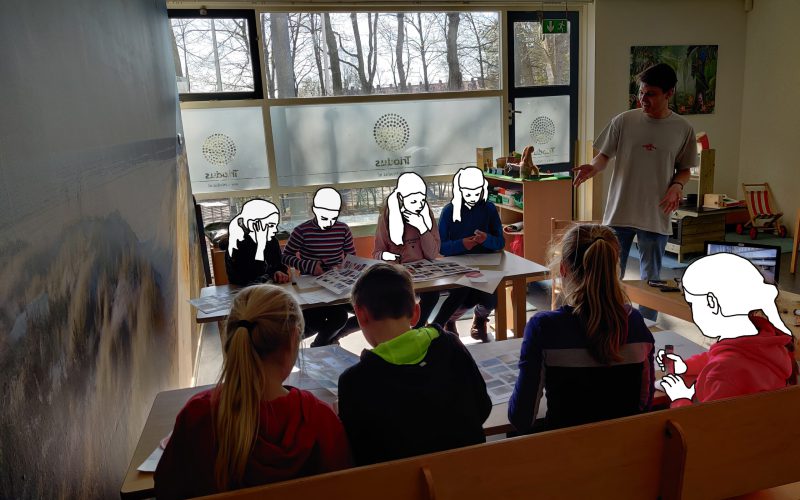
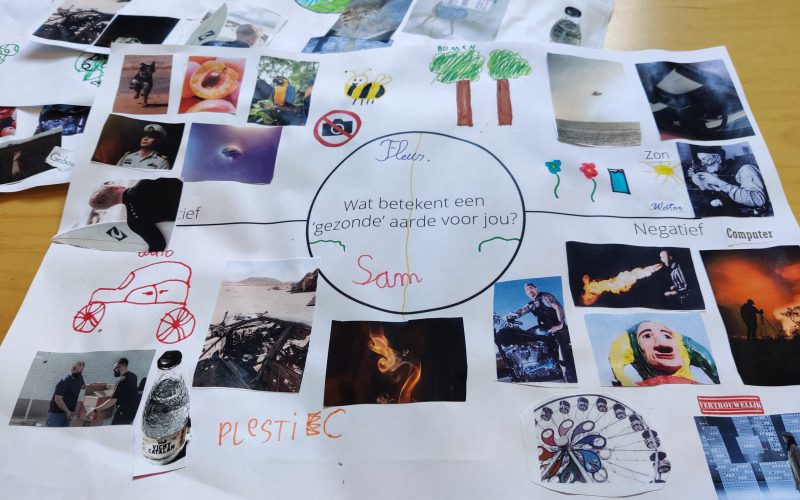
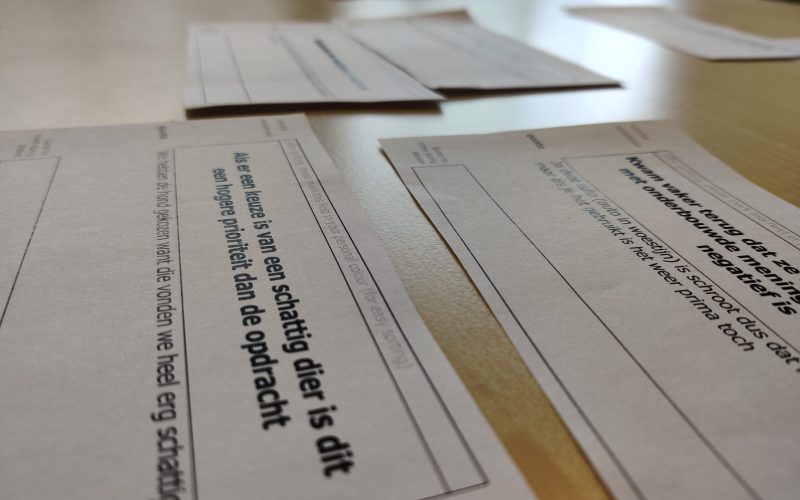
Key insight: Preteenagers have a broad factual knowledge of sustainability but fail to understand how it relates to each other. (systematic thinking)
Expert interviews
Interviews were done with museum educators of Museon. The goal was to understand how children would behave in a museum setting. Also, personas were made based on types of children present in museum class.
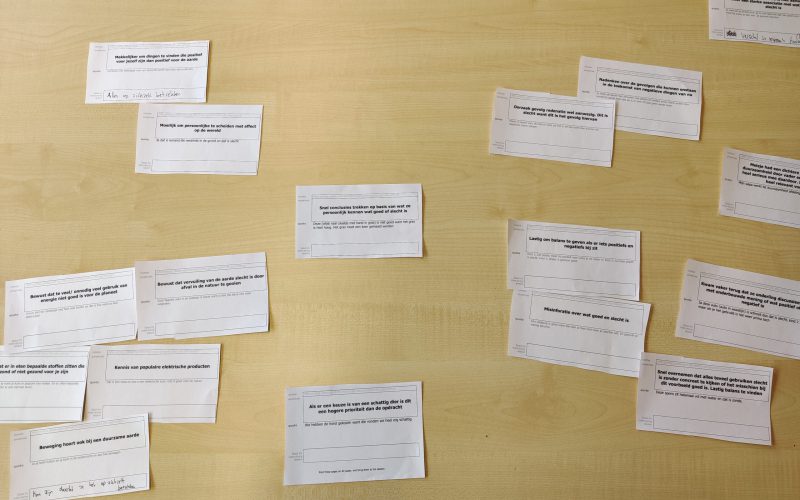
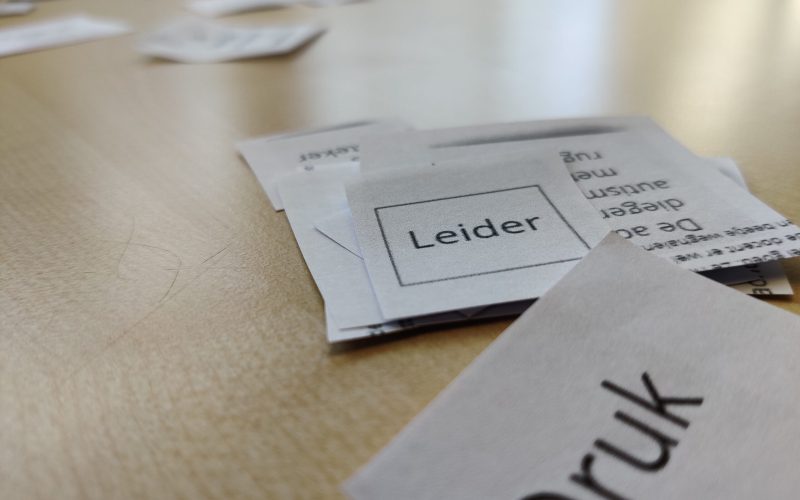
Key insight: An enjoyable/interesting interaction with the exhibition causes the visitors to be open towards the information and improve their ability to remember the information.
Ideation
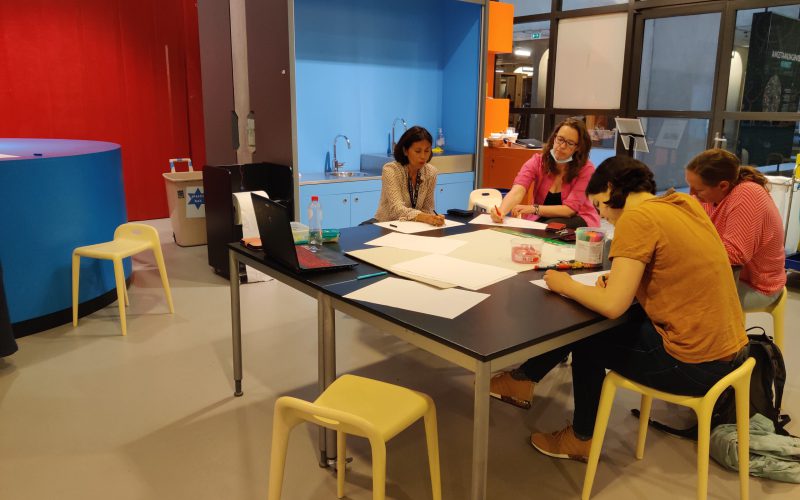
Evaluation
Paper prototypes were made for every exhibit, evaluation was done using the PrEmo method of Desmet as a verbalization method to think out loud. the study was done inside the museum context with the target audience to understand how they would experience the different exhibits.
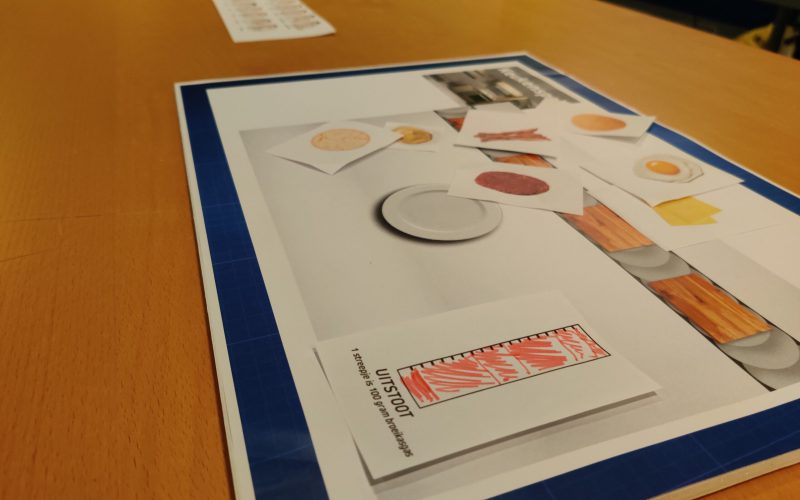
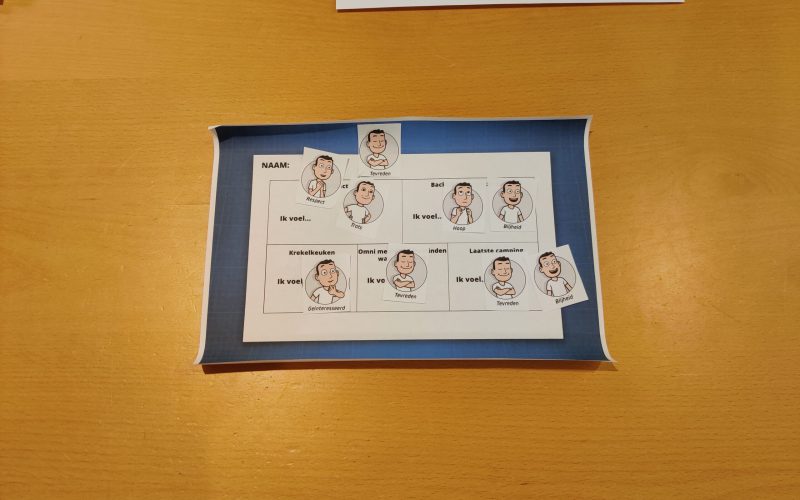
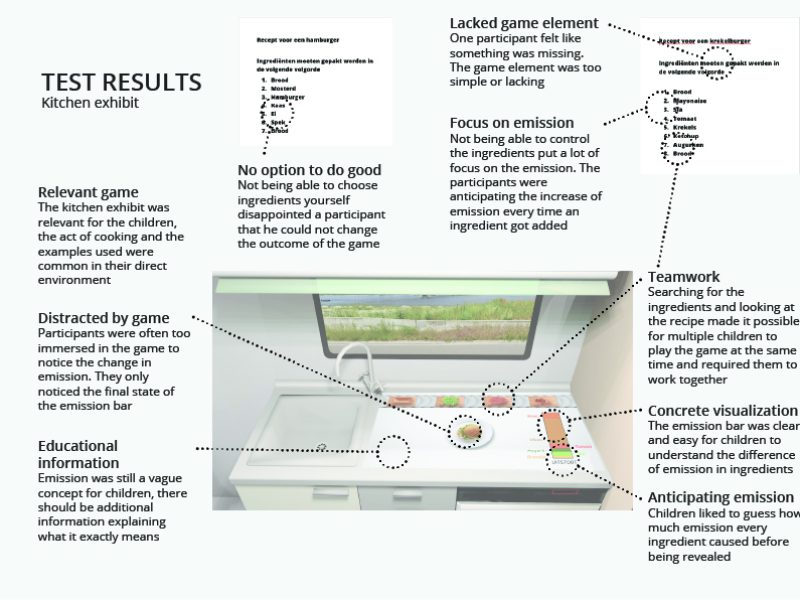
Key insight: Visualizing the impact sustainable tasks have on the exhibition environment makes it easy to understand the sustainable system
Things I learned during this project
1- Don’t be afraid to trust your instincts. Every time I was stuck was because I wanted to do this project the ‘proper’ way since it is my graduation project. The solution was to trust in my own working method and create something that fits me.
2- Ask many questions, when working with a client there are 3 concepts. What your client thinks he wants, what your client actually wants, and what you think your client wants. Asking many questions makes sure those 3 concepts turn into 1.
3- Kill your babies. I learned this in my bachelor’s but it is good to be reminded. Don’t stick with a concept just because you have been working on it for a while. If it doesn’t work change it.


